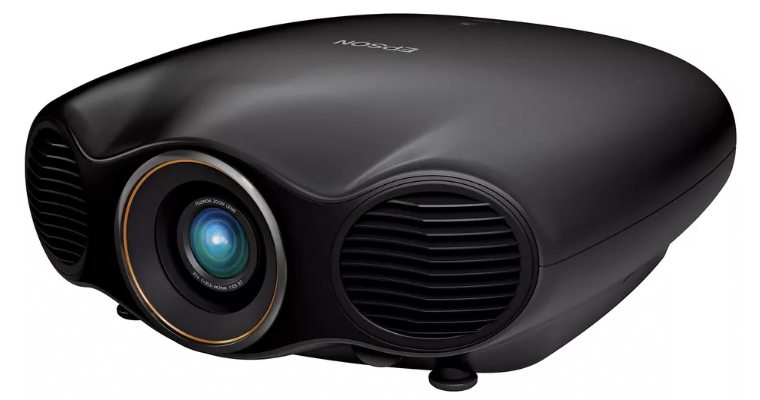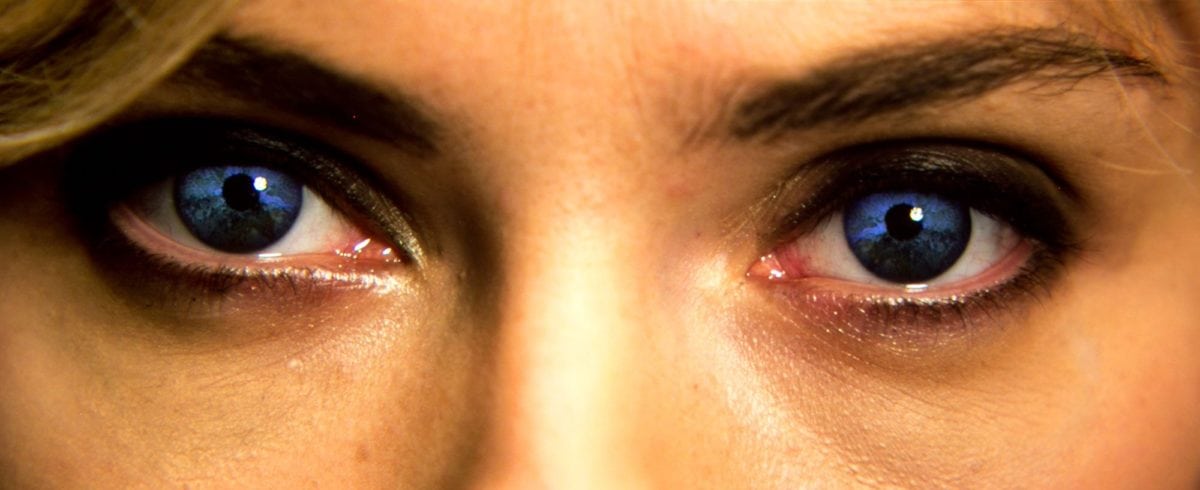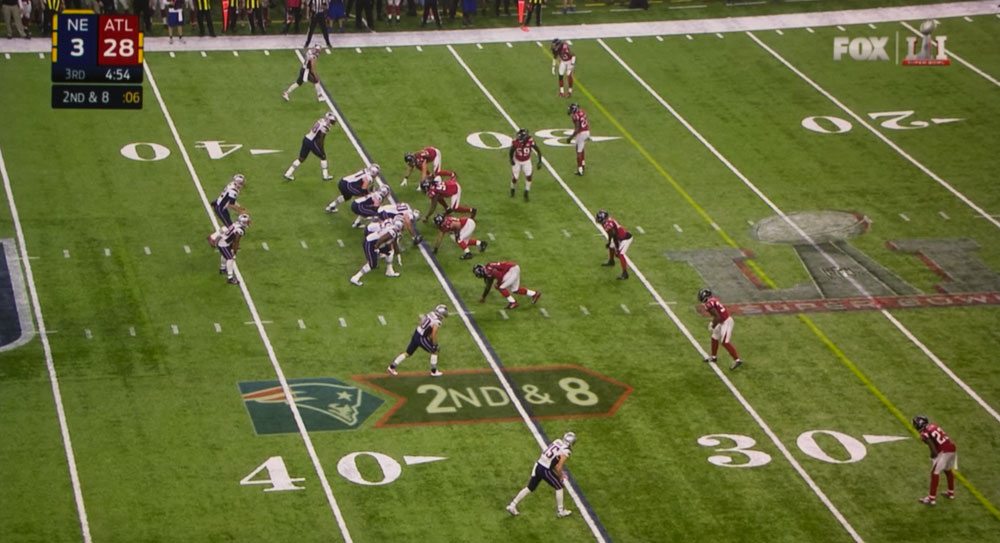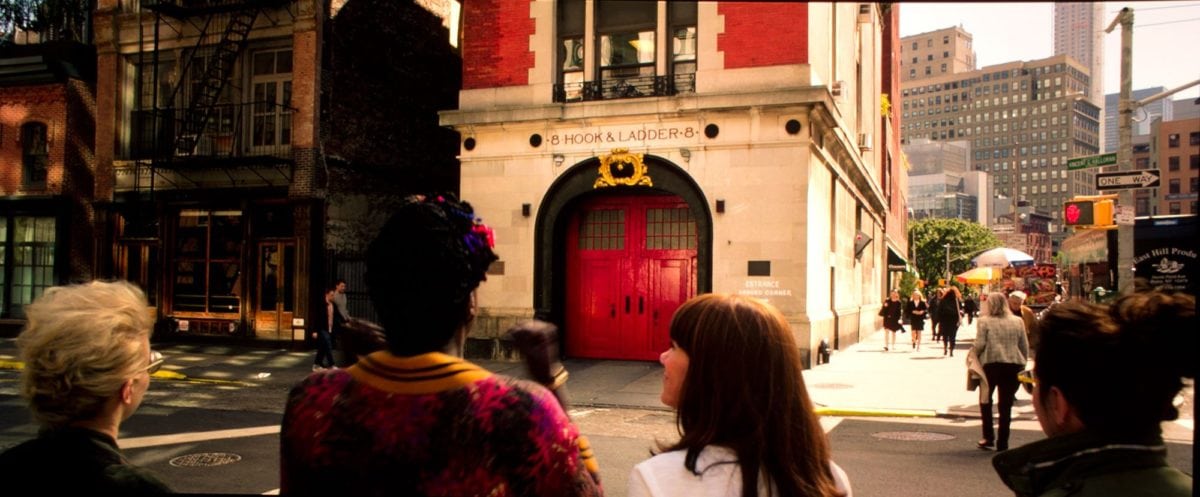Epson LS10500 Overview
The LS10500 is a pixel shifting 1080p projector that, in this Class, is doing battle with not only the JVC just mentioned, but also Sony’s lowest cost true 4K projector, the VW365ES, and BenQ’s HT8050 a 4K UHD DLP projector, as well as Sony’s $4000 straight 1080p HW65ES and Epson’s Pro Cinema 6040UB, their more limited-distribution twin of the 5040UB (that comes bundled with extras).
So, for openers, it’s interesting that in this class, a 4K pixel shifter takes the top award over two higher resolution, sharper projectors. Here’s why:
This is a class that consists of serious home theater projectors. None of these projectors is exceptionally bright – all 2500 lumens or less.
The LS10500 excels in a couple of areas, even though both the BenQ and the Sony VW365ES will put slightly sharper image up on the screen when viewing 4K content.
Black levels are a major strength. Unfortunately, not as good as Epson could have delivered, but, thanks to the laser engine and Epson’s reflective panels (think LCoS, like JVC and Sony, but LCoQ instead – liquid crystal on quartz, instead of on silicon), this Epson definitely has higher native contrast than their own 6040UB and 5040UB (both 3LCD), even with their excellent dynamic irises.
But, there’s more to the black levels. Epson takes advantage of their laser engine so that if there’s a black frame, the laser engine shuts down completely. It’s truly impressive when you are watching something intense like the evacuation scene in the staircase in Mockingjay Part 2 (Hunger Games). It makes the flashes of light that much more dynamic and spectacular to watch.
On the other hand, Epson could have done better. They could have used the laser engine to “emulate” what a dynamic iris does. Had they done that as well, they may well have surpassed even JVC’s black levels (they are still the best). Instead, they can’t quite match the JVCs in general (but still really excellent), with the bonus of superior black frame handling. Instead, the LS10500 uses its laser engine as a manual iris (to control overall brightness, from 100% down to about 30%).
The laser engine allows the LS10500 projector to do an excellent job in achieving the P3 color space (which I think of as a subset of BT.2020), and is far better than the REC709 we have been used to on non-4K content.
OK, so excellent black levels, and one of the best attempts at BT.2020 color space make for one dazzling picture on 4K content, even if slightly less sharp seeming than the BenQ HT9050 or the Sony VW365ES. Hey, there are always trade-offs, and in particular, neither the Sony VW365ES nor the BenQ offer particularly good overall black levels, neither is close to at all, what this Epson can do in that regard.
On the downside, in addition to not being quite as ultimately sharp on 4K content, input lag isn’t great, so, really hard core gamers need to look elsewhere.
More significantly to most, the LS10500, like some other 4K capable projectors (including the Sony VW365ES) has 10 Ghz HDMI, not the max 18 Ghz. Now, that shouldn’t normally be an issue because Blu-Ray UHD movies aren’t recorded to need the extra bandwidth, and likely won’t be (if Blu-Ray’s history is considered). But, there can be some issues if a device manufacturer chooses not to support some of the many official 4K UHD modes.
This was an issue, for example, with the first Blu-Ray UHD player – the Samsung – so Epsons and others couldn’t handshake at their best capabilities level. I hear a similar problem exists with the Playstation One S, so that could be an issue for a few folks. That said, the responsibility is on the Playstation’s side (if I understand this all correctly). Sony could update their firmware, and the problem would go away. The LS10500 can’t do 4K HDR at 60fpx with 4:4:4, but it should be able to do the same with the usual 4:2:0 (like Blu-Ray UHD, except that’s also only 24fps).
Anyway, finger pointing does no good – just keep that in mind, if you own a PS One S.
I want to mention the BenQ HT8050, which I’ve had here, but I’m currently reviewing the HT9050 instead. I had great hopes for the HT8050, because for starters, it is sharper than the Epson as it’s a single chip DLP with 4K UHD resolution. But, I just can’t get past BenQ serving up the projector without HDR or the wider color gamut support. Instead, I opted to review the HT9050 which has an LED engine, and supports BT.2020, but still doesn’t have HDR (go figure?).
HDR is worth another comment. Overall, the HDR on the Epson looked really good post Eric’s calibration. Until…
…Until I put the Epson up against Sony’s VZ1000ES – their new true 4K ultra short throw projector (with a $24,995 price tag). Both are lasers. In many ways, the two looked very similar, but the Sony simply outmuscles the Epson and it shows as being just brighter and more dynamic looking, thanks to that extra horsepower. The only time the Epson looked basically comparable was when I reduced the size of the Epson image to about 75” diagonal and compared it to the Sony pushing 100” diagonal.
I can live with that. I found the LS10500 to be just fine in HDR at 100” diagonal. Oh, twice as bright would have been better, but it’s one fine picture to watch. Stretching the LS10500 out to my full 124” diagonal (2.35:1) screen left me a bit dim on HDR content.
I won’t be surprised if next year Epson gives us a 2500 - 3500 lumen laser in their next generation. I’ve been yelling – give us 4000 lumens plus! Now, that should be no problem for them, since they have a full line of commercial laser projectors from 6500 lumens to 25,000!







